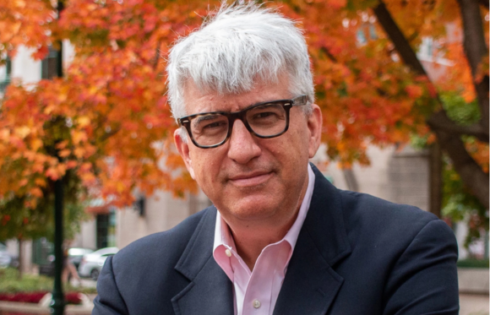Harvard announced Thursday that it will be allowing the return of ROTC to its campus, allowing the program to be given office space and access to athletic fields and classrooms. The announcement will be finalized at a ceremony today in which the university signs an agreement with Naval ROTC, but cadets will largely continue to train at the Massachusetts Institute of Technology, where they currently do their training and classes.
Alok Vaid-Menon, president of Stanford Students for Queer Liberation, in a message to the SSQL chat-list, responded that he was “speechless,” not only at the decision, but at the lack of transparency with which the decision was made:
“Harvard was never transparent about the procedure they were adopting for this question. Last time they had a vote by the faculty. This time it seems like the President made a decision himself [sic]. This is a violation of student rights and faculty rights and is in direct violation of Harvard’s non-discrimination clause.
“I called our Harvard contact today and he said he met with the administration last week and they said they appreciated his ‘transgender argument’ because it would foster interesting debate. The administration was very unclear about what procedure they were taking to address this issue. Essentially, the President made this decision behind closed doors without critically engaging with the perspectives of the Harvard community.
“Tomorrow activists at Stanford are demonstrating in front of the President’s Office.
“I stand in solidarity with them and condemn Harvard’s President for violating his [sic] own non-discrimination clause. [emphasis in the original]”
Interestingly, the Harvard non-discrimination policy (note: this is the employment non-discrimination policy, which could differ from the general non-discrimination policy) is actually far more conducive to Vaid-Menon’s case than the Stanford policy, as it does not include the modifier “unlawful” in reference to the type of discrimination. If Harvard is will to push forward for ROTC nonetheless, then it will certainly embolden the less constrained Stanford administration.
What else is new in the ROTC debate?
At Stanford, the Constitutional Council has set a date for the hearing about the ROTC advisory measure. It will Wednesday, March 9th at 8:00 PM in Kehillah Hall (in Koret Pavilion) and is open to the public, including an opportunity for members of the ASSU (aka students) to speak in the form of verbal amicus briefs at the end of the hearing.
Per the Constitution, the Constitutional Council is required to reach a decision within three days of the hearing (which is then announced within 24 hours of being reached), with written opinions appearing within four days of the announcement of the decision. Given that exams will be fast approaching, my guess is that both the decision and the written opinion will appear very shortly after the hearing – we won’t need to wait three days unless there’s intense disagreement.
Otis Reid is a staff writer for the Stanford Review and blogs at Fiat Lux. He is a contributor to the Student Free Press Association.




Please join the conversation about our stories on Facebook, Twitter, Instagram, Reddit, MeWe, Rumble, Gab, Minds and Gettr.